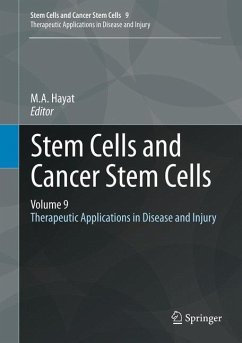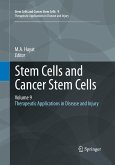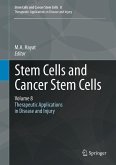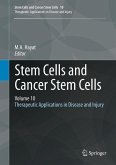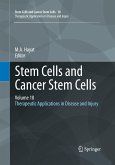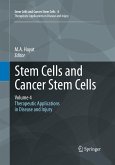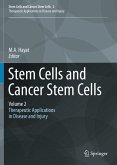This fresh addition to the rapidly expanding Springer series on stem cells represents an additional forward step in our understanding of the causes, diagnosis, and cell-related therapies of major human diseases as well as debilitating injuries to human tissue and organs. Showcasing the work of more than 80 contributors from 13 nations, it offers an unrivalled breadth of differing perspectives on the subject, with dedicated sections covering umbilical cord, induced pluripotent, embryonic, and hematopoietic stem cells, in addition to stem cells in tumors and cancer, and the applications of stem cells in regenerative medicine.
Enhanced by numerous color illustrations and tables that provide graphic clarification and summaries of key results, the volume succeeds in bringing together research results from oncologists, neurosurgeons, physicians, research scientists, and pathologists, whose accumulated wealth of practical experience will inform and inspire further developments in the vital and urgent work of cancer diagnosis, cure, and prevention.
Enhanced by numerous color illustrations and tables that provide graphic clarification and summaries of key results, the volume succeeds in bringing together research results from oncologists, neurosurgeons, physicians, research scientists, and pathologists, whose accumulated wealth of practical experience will inform and inspire further developments in the vital and urgent work of cancer diagnosis, cure, and prevention.
From the book reviews:
"This is a great reference on mesenchymal, umbilical, bone marrow derived, neural progenitors, and cancer stem cells as they apply to regeneration in neurology and orthopaedics. ... There is no doubt in my mind that this monograph will serve as a great reference for neurosurgeons and orthopaedic specialists. The work on brain tumors and other cancers is monumental. Keep this book in mind for researchers." (Joseph J. Grenier, Amazon.com, July, 2014)
"This is a great reference on mesenchymal, umbilical, bone marrow derived, neural progenitors, and cancer stem cells as they apply to regeneration in neurology and orthopaedics. ... There is no doubt in my mind that this monograph will serve as a great reference for neurosurgeons and orthopaedic specialists. The work on brain tumors and other cancers is monumental. Keep this book in mind for researchers." (Joseph J. Grenier, Amazon.com, July, 2014)

